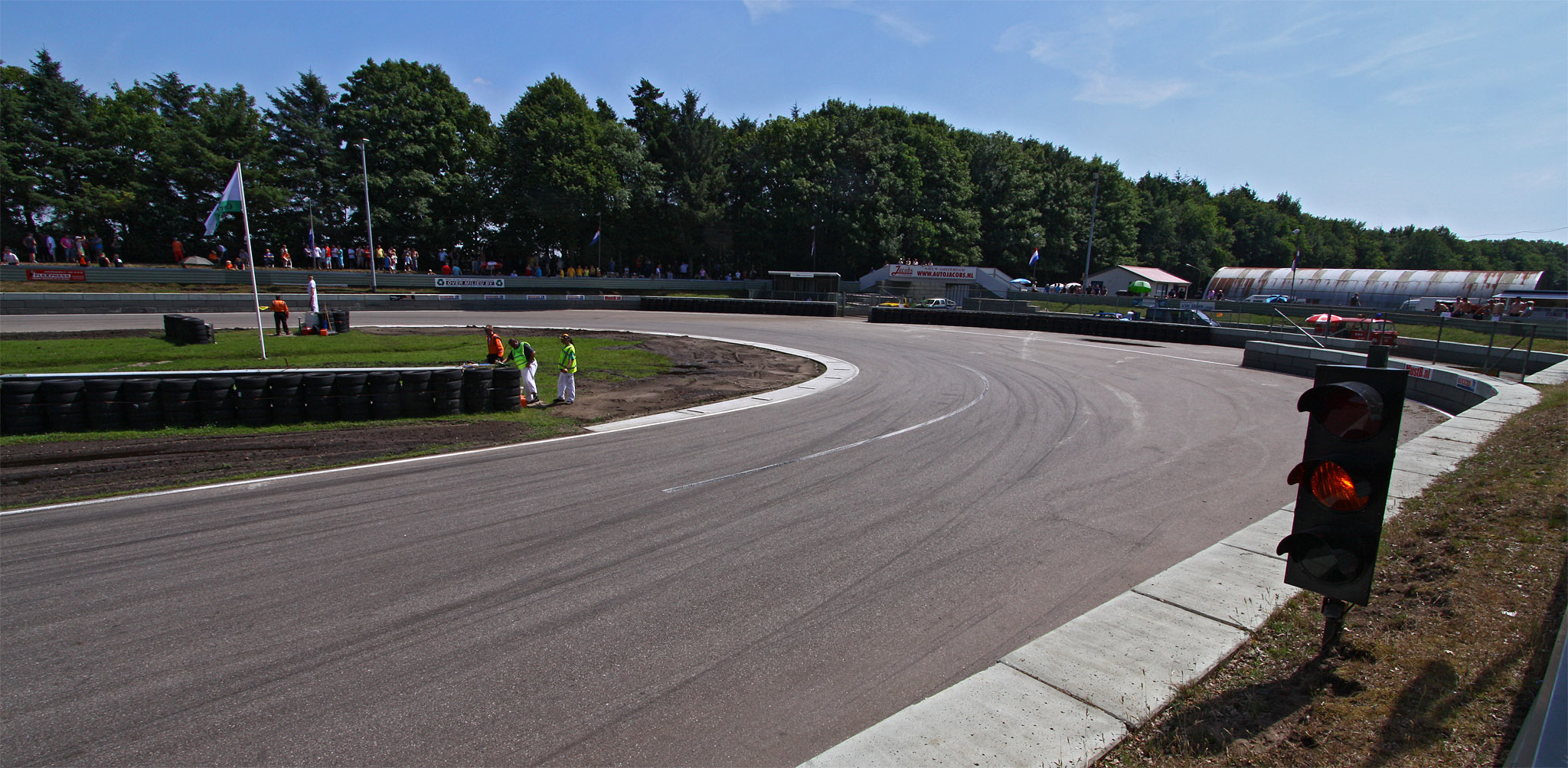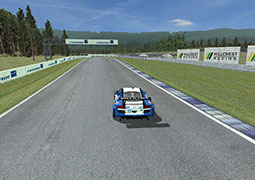

In addition, the location of the Rafaela track was far from ideal while F1’s Argentine track was close to the heart of Buenos Aires, Argentina’s capital and largest city, Rafaela was a town of fewer than 100,000 people located over 100 miles from the nearest major city. Unlike F1, USAC had no history of major Argentine involvement and no full-time Argentine drivers at the time. That said, there were still big reasons to question the wisdom of taking USAC to Rafaela. The country also had a strong domestic racing scene at the time, which was about to produce another successful F1 driver in Carlos Reutemann. Those races had been wildly popular among the locals, thanks in large part to the legendary Juan Manuel Fangio, whose dominance of Formula 1 was a not-too-distant memory in 1971.

Argentina had a rich racing history, and the country had been the first overseas destination for the Formula 1 circus back in the 1950s. The idea of holding a USAC race in Argentina wasn’t quite as preposterous in 1971 as it may seem today. USAC officials were receptive to his interest, especially when they found out that Marquez and friends were willing to pay USAC $90,000 for the race, a substantial sum by USAC’s standards at the time. Marquez attended the 1970 Indy 500 and decided that his hometown track an event just like it.

American open-wheel racing’s first foray into South America was the brainchild of Virgilio Marquez, a leader of Atletico de Rafaela, a sports club that owned a large oval track north of the city of Rafaela, Argentina.


 0 kommentar(er)
0 kommentar(er)
